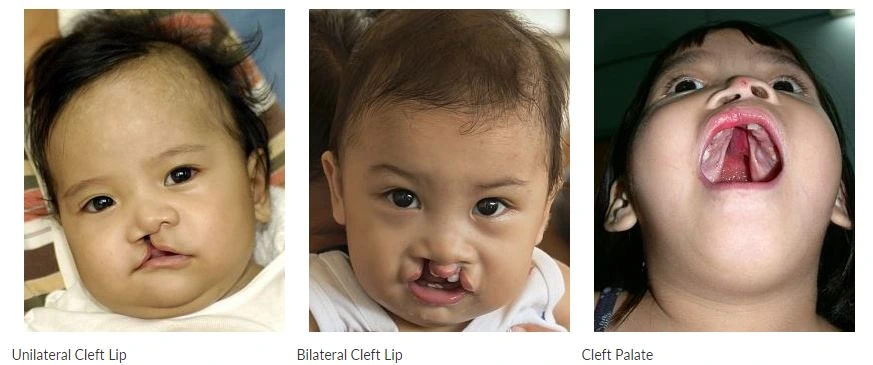Cleft lip and cleft palate are birth defects that can have a profound impact on a baby’s life. These conditions, collectively known as oral clefts or orofacial clefts, occur when a baby’s upper lip or palate doesn’t fully form, resulting in an opening.
Understanding the factors that contribute to the occurrence of these defects is crucial for raising awareness and promoting effective prevention strategies.
In a report by March of Dimes, the focus is on cleft lip and cleft palate, birth defects that affect a baby’s upper lip or palate, leaving an opening. These conditions, collectively known as oral clefts or orofacial clefts, can have a significant impact on a child’s life.

The report delves into the various factors contributing to the occurrence of these defects. First and foremost, genetics play a role, as a family history of cleft lip or cleft palate can increase the risk. Certain inherited genes may predispose the baby to developing a cleft, but it’s important to note that an external environmental trigger is necessary for the defect to manifest.
The Mayo Clinic highlights the crucial interplay between genetic susceptibility and environmental factors. While babies may inherit genes that make them more susceptible to clefts, it’s external environmental factors that actually trigger the defect.
The second factor discussed in the report involves the habits and choices of expectant mothers. Babies born to mothers who smoke or consume alcohol during the early stages of pregnancy face a higher risk of developing these defects. Both smoking and alcohol can have detrimental effects on the baby’s development while in the womb.

Read Also : Nepo Babies Who Have Made It Big On Their Own
Diabetes is also identified as a risk factor. Expectant mothers diagnosed with diabetes before pregnancy have an increased likelihood of giving birth to babies with cleft lip or cleft palate. The condition can affect the baby’s development during pregnancy and is referred to as preexisting diabetes or type 1/type 2 diabetes.
The use of certain medications during pregnancy is another factor to consider. Medications used to treat epilepsy, such as topiramate or valproic acid, have been associated with a higher risk of oral clefts in newborns. Epilepsy, a neurological disorder characterized by uncontrolled movements known as seizures, can complicate the pregnancy and contribute to the development of these defects.
Finally, the report emphasizes the significance of proper nutrition during pregnancy. Inadequate intake of essential nutrients like folic acid can also play a role in the occurrence of cleft lip or cleft palate in babies. Folic acid is a vital vitamin necessary for healthy cell growth and development in the body. Therefore, a deficiency in this nutrient during pregnancy can increase the risk of oral clefts in newborns.
In conclusion, cleft lip and cleft palate are complex birth defects influenced by a combination of genetic predisposition and environmental factors. The report highlights the importance of understanding these risk factors to better prevent and manage these conditions, ultimately contributing to the well-being of newborns and their families.
Subscribe to Switch TV for more content.
















